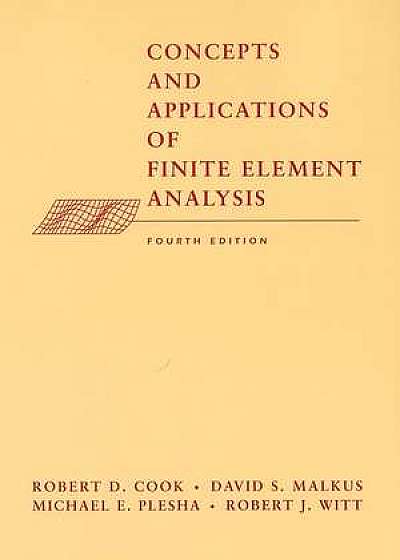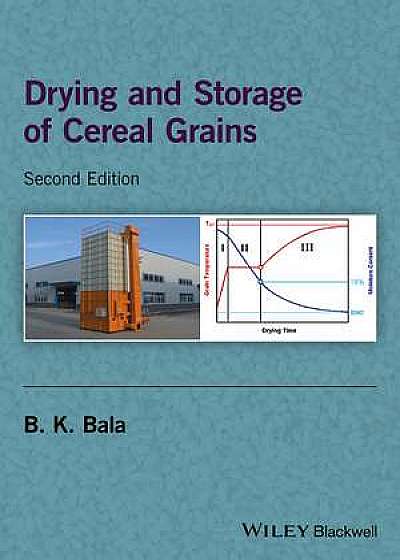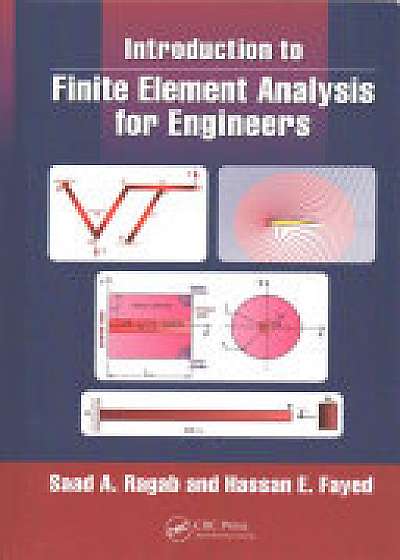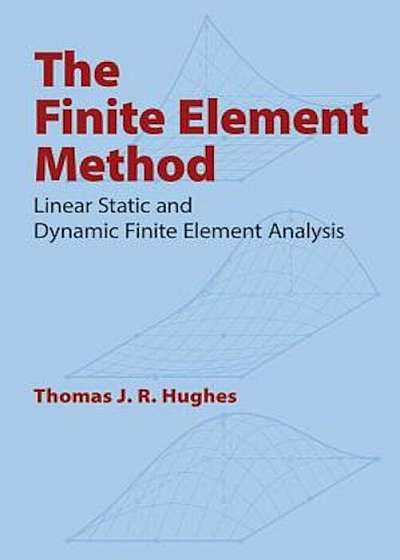
Finite Element Analysis Applications and Solved Problems Using Abaqus, Paperback
Descriere
Contributor(s):Author: Hossein Ataei Phd Pe Author: Mohammadhossein Mamaghani Eit Finite Element Analysis Applications and Solved Problems using ABAQUS The main objective of this book is to provide the civil engineering students and industry professionals with straightforward step-by-step guidelines and essential information on how to use Abaqus(R) software in order to apply the Finite Element Method to variety of civil engineering problems. The readers may find this book fundamentally different from the conventional Finite Element Method textbooks in a way that it is written as a Problem-Based Learning (PBL) publication. Its main focus is to teach the user the introductory and advanced features and commands of Abaqus(R) for analysis and modeling of civil engineering problems. The book is mainly written for the undergraduate and graduate engineering students who want to learn the software in order to use it for their course projects or graduate research work. Moreover, the industry professionals in different fields of Finite Element Analysis may also find this book useful as it utilizes a step-by-step and straightforward methodology for each presented problem. In general, the book is comprised of eleven chapters, nine of which provide basic to advance knowledge of modeling the structural engineering problems; such as extracting beam internal forces, settlements, buckling analysis, stress concentrations, concrete columns, steel connections, pre-stressed concrete beams, steel plate shear walls, and, Fiber Reinforce Polymer (FRP) modeling. There also exist two chapters that depict geotechnical problems including a concrete retaining wall as well as the modeling and analysis of a masonry wall. Each chapter of this book elaborates on how to create the FEA model for the presented civil engineering problem and how to perform the FEA analysis for the created model. The model creation procedure is proposed in a step-by-step manner, so that the book provides significant learnin





